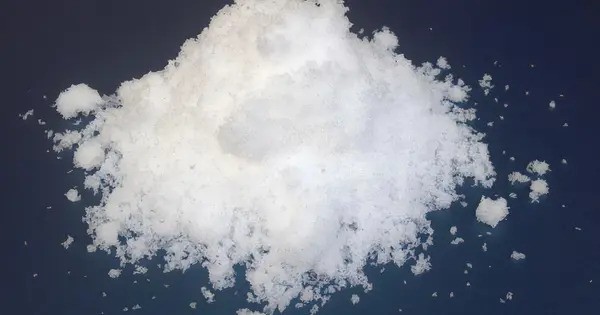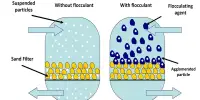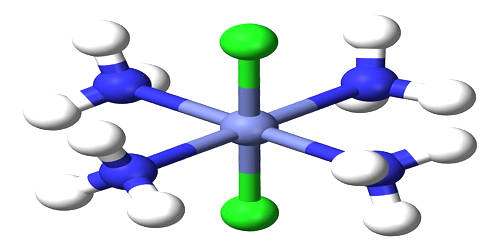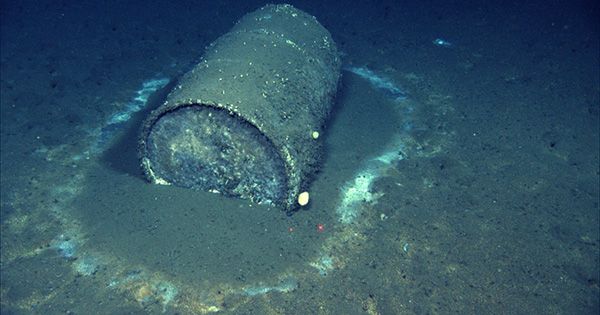Magnesium nitrate refers to inorganic compounds with the formula Mg(NO3)2(H2O)x, where x = 6, 2, and 0. All are white solids. It’s commonly encountered as a hydrated solid—magnesium nitrate hexahydrate (Mg(NO₃)₂·6H₂O)—and is known for its high solubility in water. The anhydrous material is hygroscopic, quickly forming the hexahydrate upon standing in air. All of the salts are very soluble in both water and ethanol.
Being highly water-soluble, magnesium nitrate occurs naturally only in mines and caverns as nitromagnesite (hexahydrate form). The magnesium nitrate used in commerce is made by the reaction of nitric acid and various magnesium salts.
Properties
- Chemical formula: Mg(NO3)2
- Molar mass: 148.32 g/mol (anhydrous), 184.35 g/mol (dihydrate), 256.41 g/mol (hexahydr.)
- Appearance: White crystalline solid
- Density: 2.3 g/cm3 (anhydrous), 2.0256 g/cm3 (dihydrate), 1.464 g/cm3 (hexahydrate)
- Melting point: 129 °C (264 °F; 402 K) (dihydrate), 88.9 °C (hexahydrate)
- Boiling point: 330 °C (626 °F; 603 K) decomposes
- Solubility in water: 71 g/100 mL (25 °C)
- Solubility: moderately soluble in ethanol, ammonia
Occurrence
Naturally occurs as the rare mineral nitromagnesite (Mg(NO₃)₂·6H₂O), which is usually found in arid environments like caves or nitrate-rich soils. It typically formed through natural weathering or evaporation processes in places with high nitrate content. More commonly, it’s produced industrially by neutralizing magnesium oxide or hydroxide with nitric acid.
Use
The principal use is as a dehydrating agent in the preparation of concentrated nitric acid.
Its fertilizer grade has 10.5% nitrogen and 9.4% magnesium, so it is listed as 10.5-0-0 + 9.4% Mg. Fertilizer blends containing magnesium nitrate also have ammonium nitrate, calcium nitrate, potassium nitrate and micronutrients in most cases; these blends are used in the greenhouse and hydroponics trade.
Reactions
Magnesium nitrate reacts with alkali metal hydroxide to form the corresponding nitrate:
Mg(NO3)2 + 2 NaOH → Mg(OH)2 + 2 NaNO3.
Since magnesium nitrate has a high affinity for water, heating the hexahydrate does not result in the dehydration of the salt, but rather its decomposition into magnesium oxide, oxygen, and nitrogen oxides:
2 Mg(NO3)2 → 2 MgO + 4 NO2 + O2.
The absorption of these nitrogen oxides in water is one possible route to synthesize nitric acid. Although inefficient, this method does not require the use of any strong acid. It is also occasionally used as a desiccant.
















